Top Self-Defense techniques from stick attack: In Israeli Krav-Maga, the first article
- Gil Peleg

- Mar 15, 2022
- 10 min read
Updated: Jun 16, 2022
In this article, we will go over what are the strategies against stick attacks? What are common assault ranges? What is the timing of an attack against a stick in Israeli Krav-Maga? What are the tactics against a stick attack in Israeli Krav-Maga? What does Krav-Maga training equipment include? What is the importance of personal protective equipment in Krav-Maga? With what equipment should you practice Krav-Maga at home? What is the importance of cardiopulmonary endurance in Krav-Maga training?
Warning!
The concepts presented here are for illustrative purposes only. Before attempting any technique discussed or presented in this article, seek professional training from a reputable instructor.
What are the strategies against stick attacks?

In stick defense techniques, one of the most common techniques in Israeli Krav-Maga is keeping distance, and at the most appropriate time performing a quick, agile, and powerful attack. But not to be confused friends, a battle against a man armed with a stick is completely different both strategically and tactically from conducting a battle from any other battle. That is, the techniques that work in the battle against an unarmed person, or armed with a knife, do not exactly work when it comes to attacking the stick. That is, both on the issue of protection against a stick and on the issue of attack against it. When strategically, the main goal is to keep a distance that the attacker will not be able to hit you with the stick. That is, great importance is attached to the footwork in the initial stage when the attacker was identified with his intention to hit you with the stick. Footwork dynamics are of paramount importance similar to scenarios against knife protections, see our previous article (Footwork Dynamics for Self-Defense: Motion while knife attacks in Krav-Maga). When there is a substantial difference, the stick is longer than the knife, and the risk areas are at the edges of the stick.
What are common assault ranges?
Scenario A - The end of the stick, on the opposite side of the holding hand, is dangerous. During a blow with a strong swing, the kinetic energy is maximal at the tip of the stick. As a result, the damage it causes is fatal. That is, can break bones of the hand, foot, and head. This is a severe injury to human motor functions. If it hits the head, immediate death is possible.
Scenario B - the end at the beginning of the stick, at the beginning of the holding hand, i.e. near to the little finger. And in this case, we are discussing a short-range (zero) assault scenario. I.e. using the back of the stick. When this blow is no less fatal than a blow in scenario A.
What is the timing of an attack against a stick in Israeli Krav-Maga?

The issue of timing against stick attacks has paramount importance in Israeli Krav-Maga. When the victim decides to attack the attacker back, he must do so instinctively. What does that mean? The victim who is not educated in such scenarios does not always feel the real danger from the stick, i.e. he does not exactly understand that a stick blow can be fatal for him. Also, he does not exactly know how to defend himself. For the sake of illustration let us assume that the attacker with all his strength, agility, and power performs a stick blow from top to bottom towards your head. I mean, what would you do in that case? If in that case, your brain raises such a question, rest assured the stick has hit your head. That is, there is no time for thought! The response must be an animal instinct. So what does this mean? Suppose the victim raises his hand to defend himself, it is our natural instinct ... Has he achieved a goal of self-defense? Most likely not. First of all his hand was injured even broken, and the second blow will achieve its purpose and hit the head because the defensive motor skills of the hand are no longer working! So let's see how Israeli Krav-Maga solves the problem of attack from above with the stick.
Find an appropriate time to retreat, so that the stick does not hit
Scenario A - If the victim starts moving back too late, then he is likely to get hit with a stick in his most dangerous part (At the end of the stick). That is, it is mandatory to scan the attacker and find out the exit time of the stick blow. This timing is of paramount importance in stick defenses. That is, as the stick is detected at the beginning of the movement, one must immediately move backward. Admittedly there are also techniques that teach sideways movement (We will discuss in the following articles on this topic).
Immediate attack at the right time
In Scenario A - If the victim managed to dodge the first blow, you can be sure that a second and third blow will follow. When the attacker resolutely advances towards the victim. I would like to draw your attention to the trajectory of the stick. That is when the stick starts motion, its potential energy is extremely high but it is also the least dangerous to us because it does not yet have speed and power. All of these components are acquired during the movement, at the tip of the stick. When its power becomes maximum, i.e. all kinetic energy is focused on its target location (Where the stick was supposed to hit, head, hand, toes, feet, etc ...). When, at the end of the stick trajectory, the kinetic energy in the movement is zero. Consequently, it is also the most preferred time for a counterattack.
What are the tactics against a stick attack in Israeli Krav-Maga?
In the previous section, we divided the trajectory of the stick blow into the three main parts, and saw when the stick is most dangerous. We expand here and add that a principle stated in the previous section, is common and suitable for evasion and self-defense, to the different types of stick attacks: Top-down; Top to bottom diagonally, right or left; From the horizontal side, from right to left, and vice versa. When an attack is usually carried out in a determined movement on the part of the attacker and is characterized by the dynamics of the footwork (Progress in a straight line), and by the stick swinging of the attacker. When at this attack an important characteristic of inertia by the swinging of the stick. It cannot be stopped without any obstacle. When this obstacle can be the body of the victim or any other object. Although the swing loses its strength at the end of a trajectory. That is, at this moment are taught in Israeli Krav-Maga, to carry out a counter-attack. It is also possible to take advantage of the starting point of the stick swing, i.e. exit. When any delay in a counter-attack, will result in injury by the stick in the human body. Therefore, the timing of a counter-attack is of paramount importance. Below we will go over some techniques from Israeli Krav-Maga for self-defense against a stick.
Moving from the impact area of the stick:
To avoid the attack you can move backward or go left or right. When the first case is suitable for any stick attack. In contrast, a right or left exit (second case) is more suitable for a top-down attack and requires skill, agility, and exceptional expertise. In the first case, the victim will tactically want to dodge the blow (from the maximum inertia in the middle of the movement trajectory). Usually, the attacker will perform under adrenaline a few more swings with the stick, which should be avoided in the same way. In Krav-Maga taught to find the right timing between the swings of the stick and to enter a counter-attack. When, the stick should be placed at the time of the victim's counterattack, in two extreme positions on the trajectory of the stick (up or down).
Stick is on upper position, finding a suitable timing for counter-attacking the enemy
The victim's goal is to get as close to the attacker as possible at the appropriate time when a stick is at the top end of his trajectory. Important Note: Any delay in entering this exercise will cause the stick to hit the body with dangerous force. So let's see how the exercise is performed. That is, at the right time a quick, agile, determined, and powerful entry towards the enemy i.e. if he attacks with the right hand, entrance with the left foot. When the right (stick holding) hand, should be at the victim's entrance located somewhere near to the victim's opposite shoulder, i.e. outside the area of injury of the stick. The victim's hands according to an Israeli Krav-Maga are supposed to perform one of the exercises below:
Exercise A Top-down attack scenario: The victim will perform, entering with the left-hand open (opposite the right-handed attacker with a stick), and with the right-hand fist performing a neutralizing blow to the attacker's jaw. When a hand holding the attacker's stick is supposed to slide through the victim's left forearm. Important Note: When entering in the form of a "sharp pencil" head is as far down as possible, with the shoulders guarding it. So later in this exercise, the left hand of the victim locks the forearm of the attacking hand and at the same time neutralization blows are performed to the face with the right hand. When knee blows can also be combined towards the abdomen of the attacker. The goal is to release the grip of the stick. Next, using a sharp, rotating motion inward, with the left shoulder discharge the stick from the attacker's hand. The disadvantage of Exercise A - It is impossible to know whether the stick comes from above or from the side diagonally right or left. That is, the stick may penetrate the space between our two hands and then an inevitable blow to the head. It is also possible that the attacker will move backward and continue to swing a stick and we may still get a stick blow.
Exercise B Side Attack Scenario: The victim will perform an entry with a counter foot similar to Exercise A, where the hands will perform a completely different scheduled movement. So let's see, the victim's left hand (as opposed to the attacker's) locks the forearm of a hand holding the stick, at the same time a neutralization blow is performed with the victim's right elbow into the attacker's jaw. When can be combined with knee blows, and at the end of the exercise, the stick will be discharged from the attacker's hand. Important Note: The hands when entering (just before braking the attacking hand with the stick), the left hand is aligned downwards and ready to grasp and lock the forearm of the attacking hand. At the same time, the right hand protects with an open palm on the face, with the head as low as possible between the shoulders. Exercises A and B have a common disadvantage, it is impossible to know the angle of attack, that is, whether the attack is from top to bottom or from the side diagonally. As a result, a technique has been developed that is supposed to solve the problem. So let's see in exercise C.
Exercise C - Top-down or diagonal attack scenario: The hands when entering are in the shape of a "sharp pencil", with the head down between the shoulders. A quick, agile, and powerful jumping-entry is made, similar to a break-in, towards the attacker. When the continuation of Exercise C is similar to Exercise B, i.e. the left-hand locks the opposing forearm of the attacker, knee blows and stick discharge are performed. In the following articles, we will discuss protection techniques against a stick when it is on the down or on the side location, i.e. at the end of the trajectory (second extreme position).
How important is personal protective equipment when practicing Self-Defense?
Good schools understand the importance of protective equipment when teaching martial arts in general and in combat in particular. Demonstrations and battles are not allowed without appropriate protective equipment! These are usually inexpensive shields compared to the physical damage they prevent. Also, there is no insurance without protective equipment! When striking a punching bag, be it a jab, cross, hook, or uppercut, boxing gloves should be used. It is recommended for full contact to use a body protector that maintains the integrity of the ribs. Also, shields for the head, teeth, groin, and legs are recommended.
It is very important to practice Self-Defense using rubber training knives and even more important during training to wear appropriate protective equipment: such as glasses designed to protect the eyes; a body protector; a Head guard against receiving an unwanted blow. The following is a list of recommended equipment for knife defense studies:
With what equipment is it recommended to practice Self-Defense at home?
To learn Self-Defense, one needs to practice the same thing, many times over. This is not a theoretical area compared to other martial arts where one can learn from a trainer by watching directly through a computer. So practice and interaction are of the utmost importance. Although, it is worth it and even recommended to work at home on punches and kicks, strength training, etc. For this purpose, it is possible to purchase minimal personal equipment that does not take up much space at home. Prepares physically for classes in the section. It also improves the following parameters: Strength, flexibility, cardiopulmonary endurance, and more.
Using a yoga mat, abdominal muscles can be improved; Training weights are to improve muscle strength; Using an adjustable strength bench can strengthen chest muscles by lifting weights; A free-standing punching bag is a perfect solution for punching and kicking improvement at home ... Below is a list of recommended equipment for home exercise:
Home training is recommended to be performed under the supervision of a certified trainer. It is recommended to avoid exercising alone at home!
How important is cardiopulmonary endurance in Self-Defense workouts?
First of all, this is health, and secondly, in a battle that does not end in a short time, the one who has cardiopulmonary endurance wins. To improve cardiopulmonary endurance, it is recommended to take brisk walks, combined with running, to increase and decrease the pace. These runs can be done outdoors, on the coast, on a Treadmill, or on a Home spinning bike. Recommended: Wear suitable shoes while running, and document and monitor your calorie burn and heart rate with your Smartwatch. Also, with the help of this it is very easy to see improvements in cardiopulmonary endurance, In fact, all your actions are recorded using a computer, and there is a training history. The following is a list of recommended personal equipment for home workouts, for developing cardiopulmonary endurance, and for monitoring and controlling progress:
Home training is recommended to be performed under the supervision of a certified trainer. It is recommended to avoid exercising alone at home!
Summary: Top Self-Defense techniques from stick attack: In Israeli Krav-Maga, the first article
In this article we have gone over stick attack strategies; Common stick attack ranges; The timing of an attack against a stick in Israeli Krav-Maga; Tactics against stick attacks in Israeli Krav-Maga; We also saw what to wear in Krav-Maga and what includes coach's equipment; We delved into the importance of personal protective equipment in Krav-Maga and with which equipment it is worthwhile to practice Krav-Maga at home; We also saw the importance of cardiopulmonary endurance in Krav-Maga training.
Written by Gil Peleg.
Professional consultant in Krav-Maga Mark Fesler.
Dear friends, I invite you to read more about applicable Self-Defense in our Group below:
Dear friends, SUBSCRIBE to the Fitness Warriors Club's blogs page, and be the first to read new articles on the issues of Self-Defense:
Amazon's affiliate program - Fitness Warriors Club is participating in Amazon's affiliate program through the Website & through professional blogs where there are links to products marketed on Amazon. Fitness Warriors Club is not responsible for any economic and operational activities related to this program as for the refund of any payments regarding this program. All these issues will be settled with Amazon.


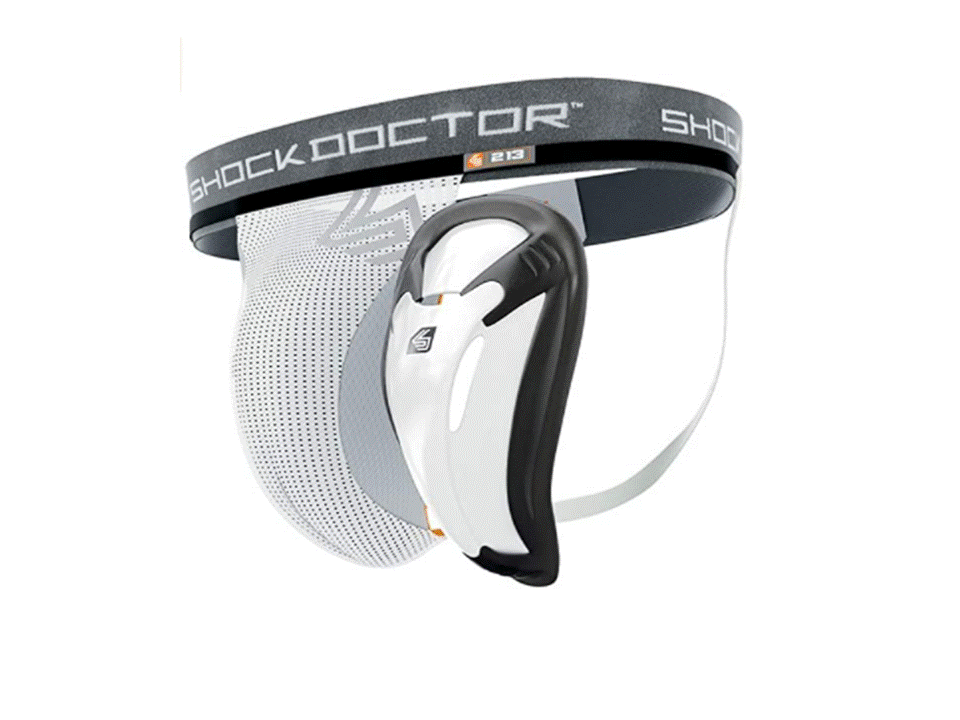
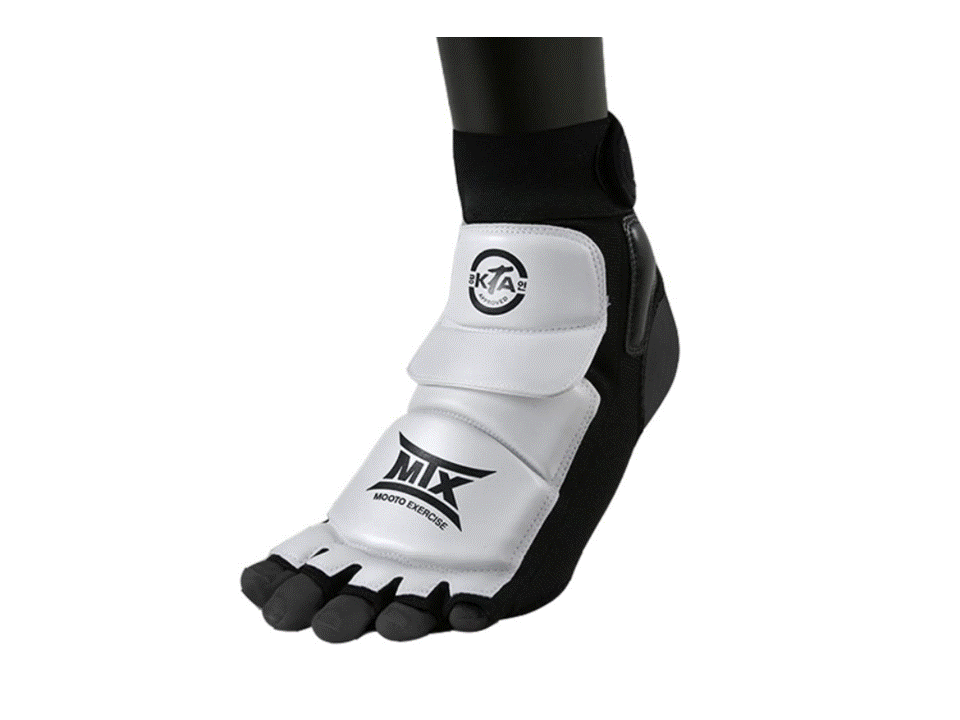
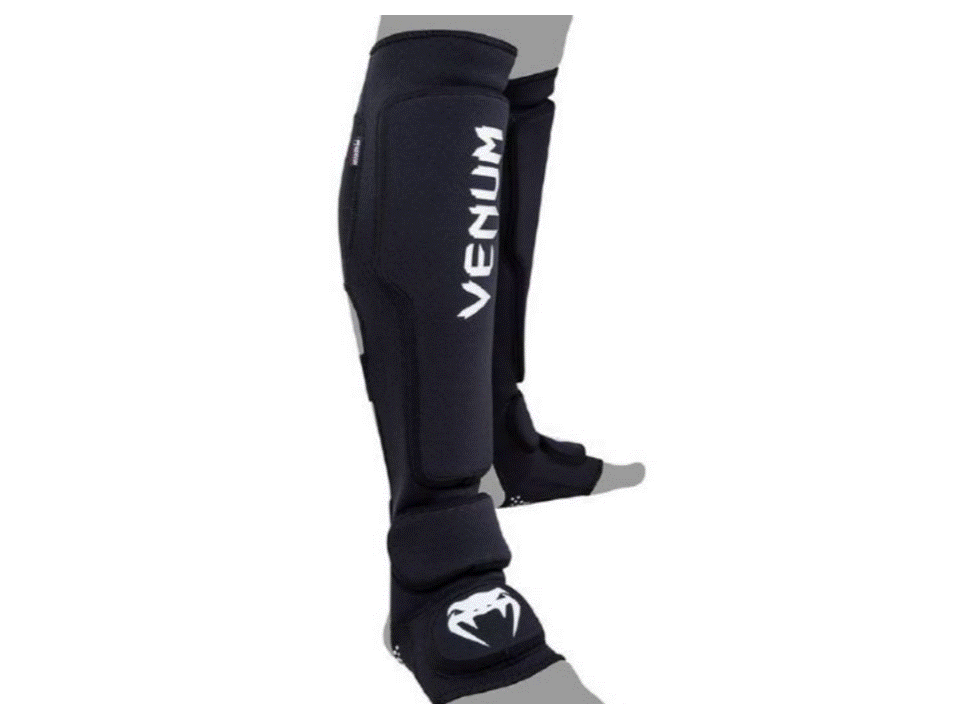
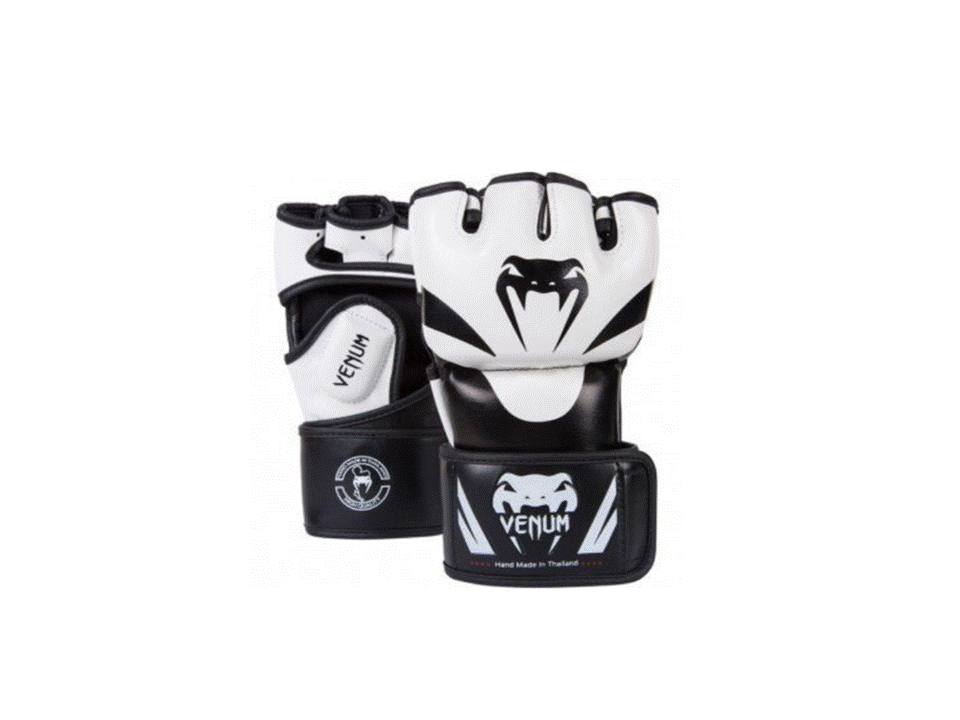

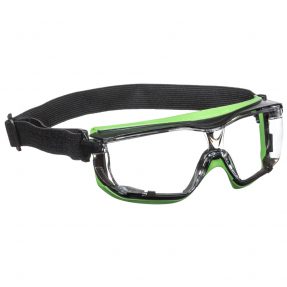










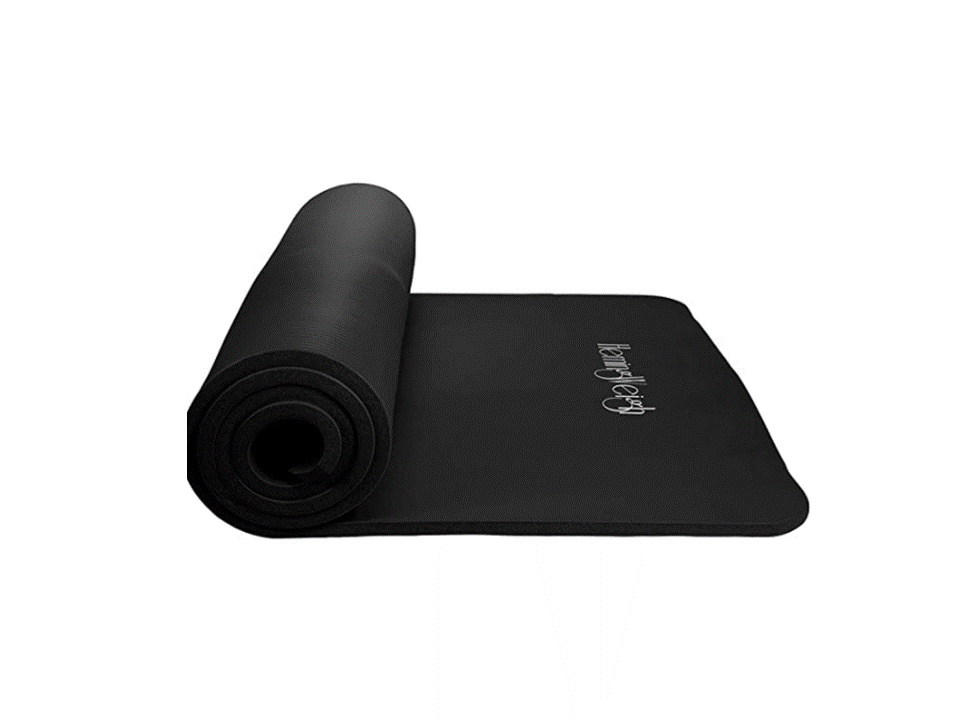


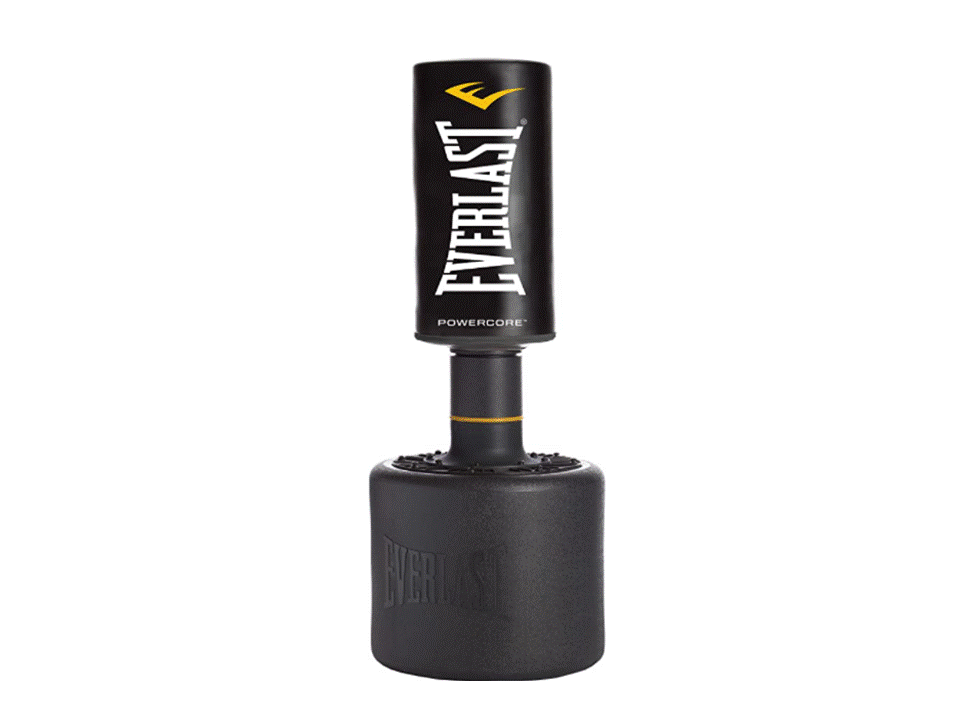
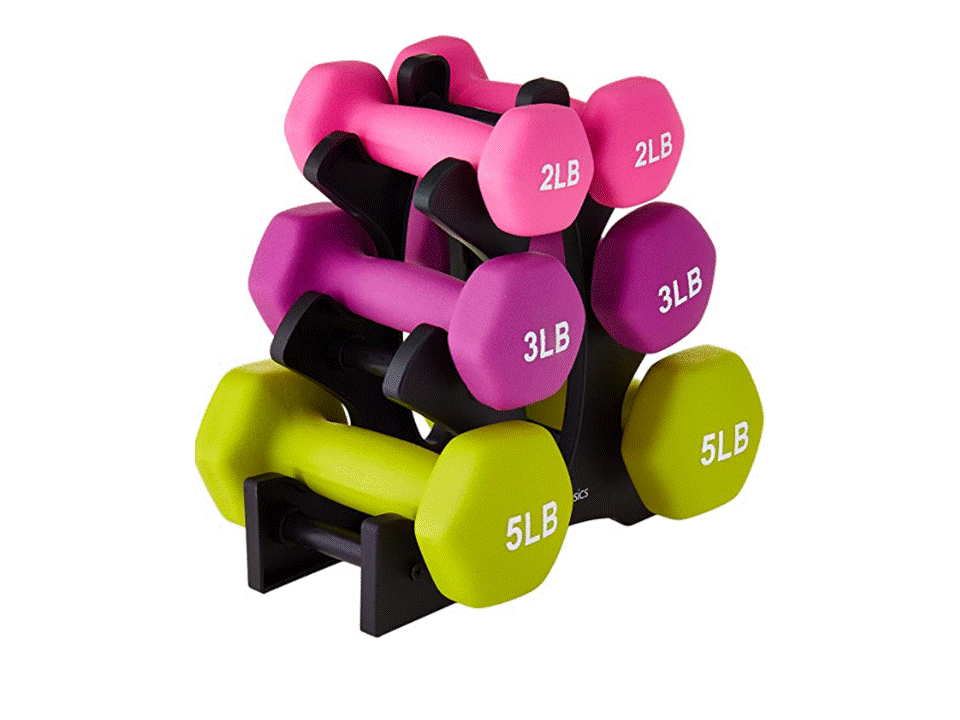













Comments